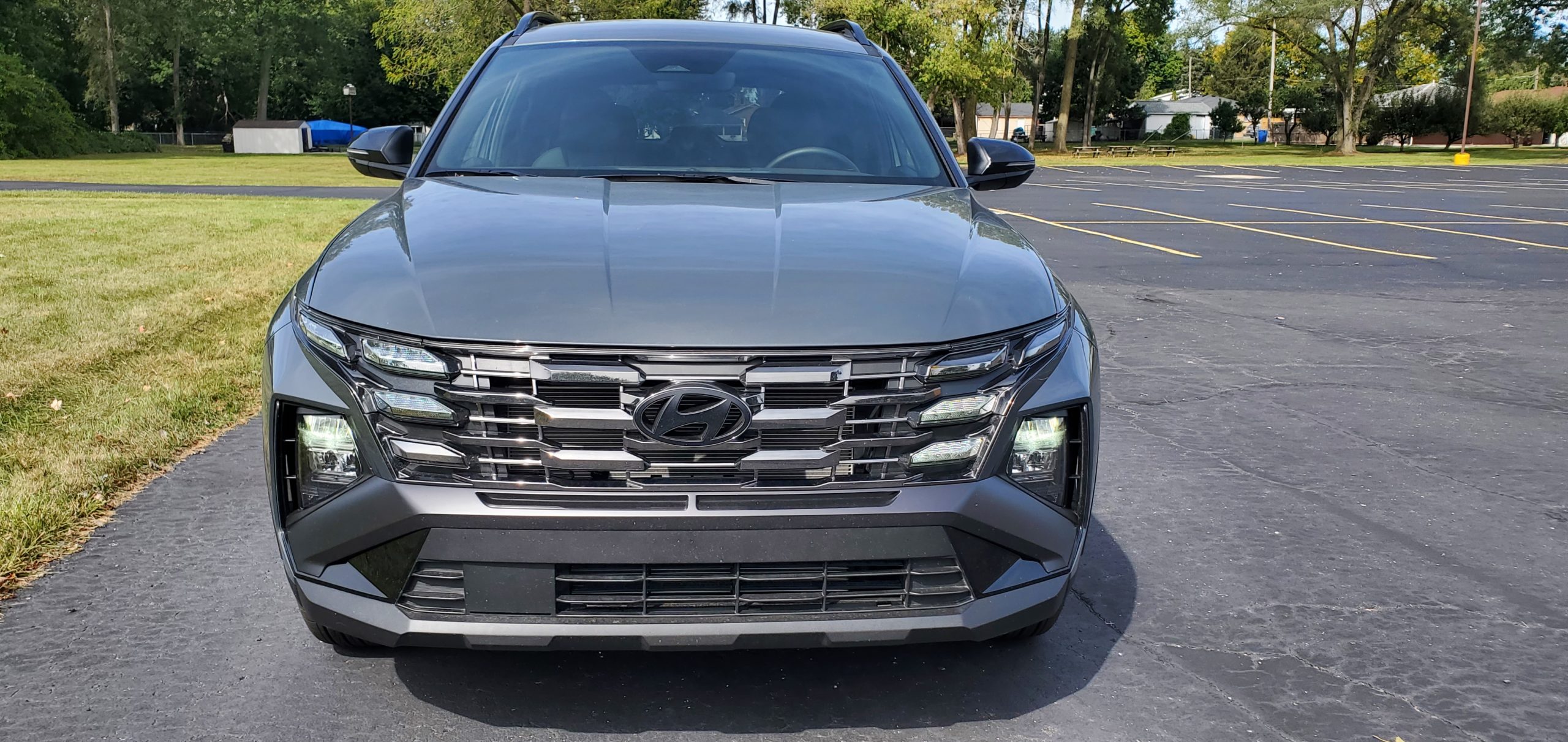Hyundai’s XRT brand is supposed to help the Korean automaker embrace its wild side. While these models are not meant to take on the rugged Rubicon trail or rock crawl with Jeeps, they are supposed to provide an option for buyers that need to occasionally make a trek into the backwoods to reach a cottage or even a remote campsite. The XRTs have proven to be popular with customers and this popularity has even inspired the company to bring the package to the Ioniq 5 EV.
But what if you’re looking for a more traditional SUV for your XRT fix and are not ready to move up into a Palisade? Hyundai thinks it has the answer with the 2025 Tucson XRT but does this Tucson have what it takes to lure in more buyers and could it be a good alternative to iconic rivals like the Subaru Outback?
Rugged XRT embodies Tucson charm
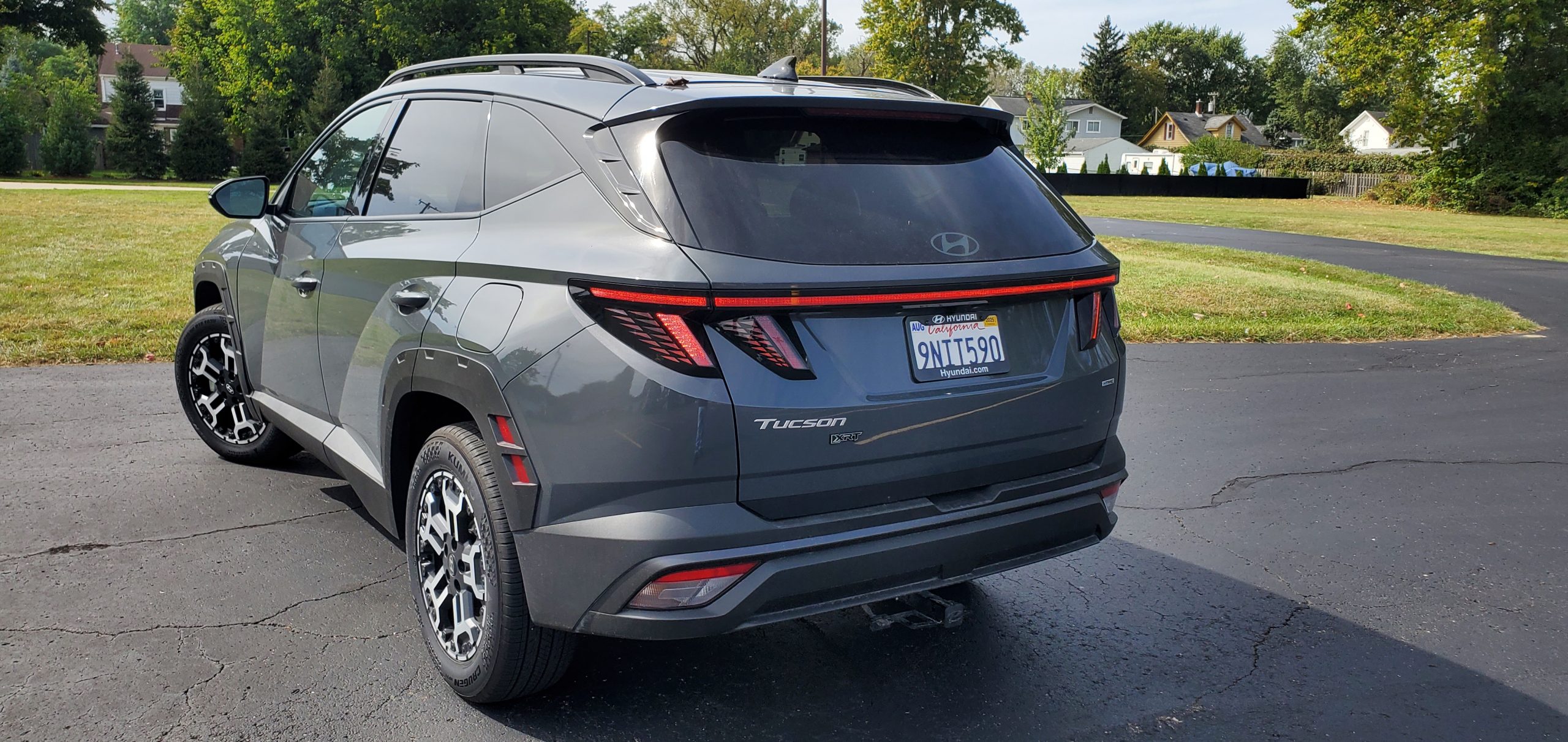
At first glance, the transformation into an XRT model might not be that obvious in the Tucson. The new variant has the bulk of the look that defined the standard model’s updates for 2025. As such, the XRT can be considered a form of appearance package with this model getting blacked-out accents and splashes of plastic cladding. The model also gets stylish wheels and model-exclusive XRT badging at the rear.
This light touch allows the Tucson to maintain a high sense of balance in its look with the SUV still being one of the most stylish models in its segment. The problem is that it also prevents the XRT from having the full-on rugged look that defines the Subaru Outback even in its standard form. It also might not resonate well with some buyers who expected the Tucson to be a more rugged-looking vehicle. That said, te Tucson keeps many of the exterior appointments that we like in other Tucsons including the sleek-looking headlights, the bold front grille, and the sharp-looking taillights.
Comfort even in the roughest of terrain
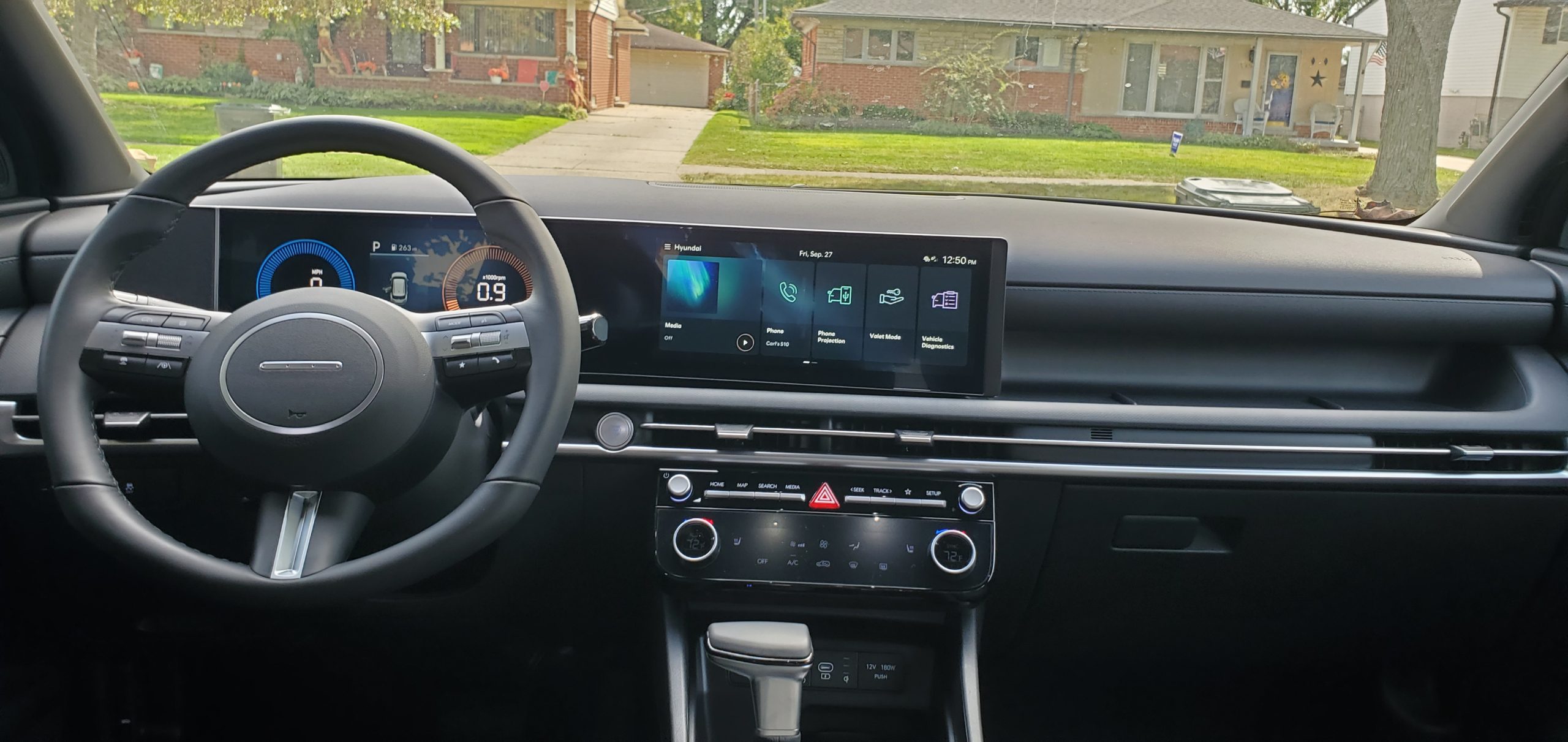
Slip inside the interior of the XRT and you’ll see that not much has changed with the heavily updated cabin maintaining some of the core changes and themes that we have seen in other Tucsons with the XRT getting the same revamped steering wheel, and tweaked HVAC and control layout. The two 12.3-inch screens are now housed in a single curved display with this change allowing the Tucson to have a more premium vibe to it. The infotainment system also comes with Wireless Apple CarPlay and Android Auto standard.
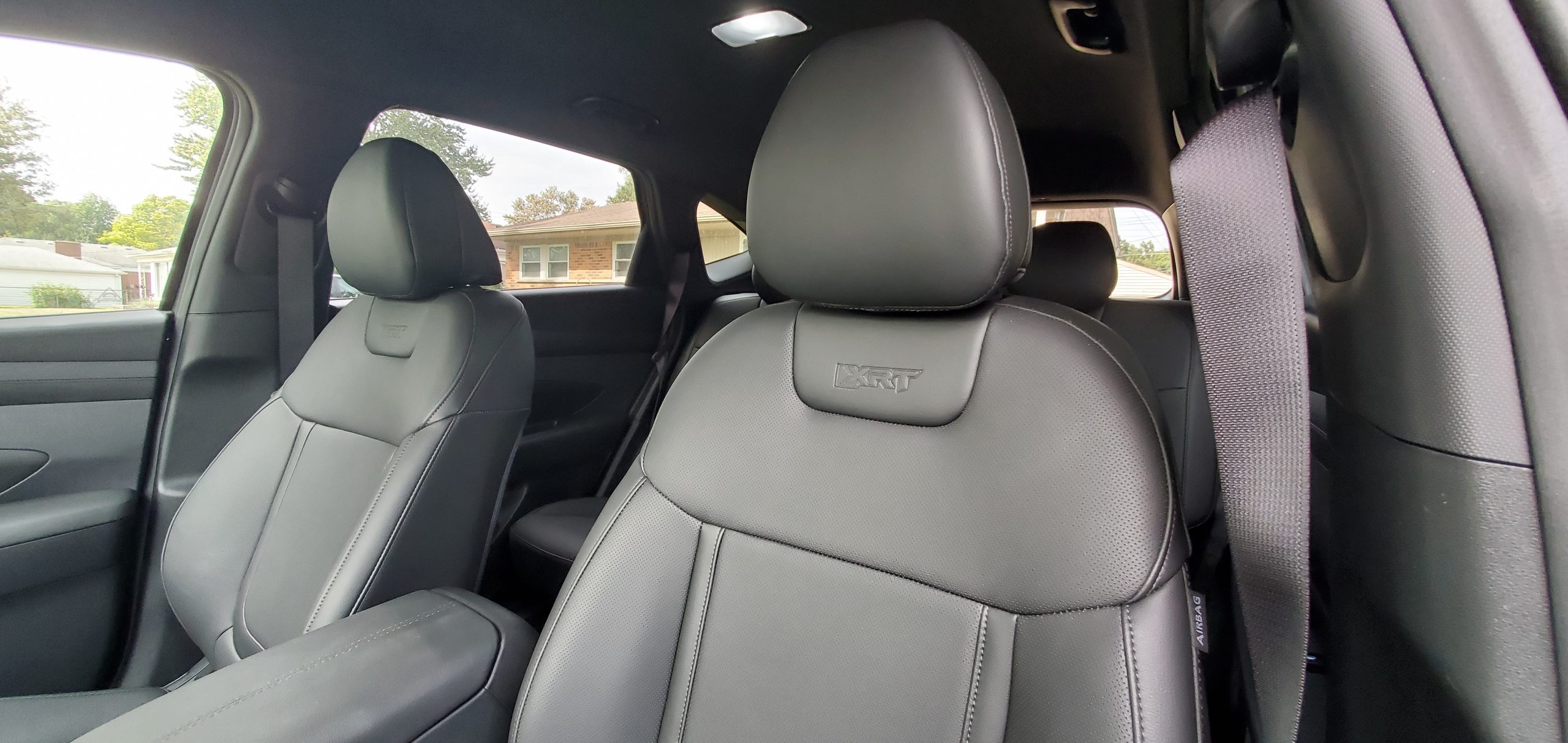
The front seats in the Tucson XRT are comfortable with the dashboard featuring a large space to store items with the doors themselves also having deep pockets to hold large water bottles. XRT touches are limited to the all-black treatment for the interior and XRT logos on the seatbacks. Like the outside, this light touch can be a bit disconcerting to buyers who think they are going to get a more extensive makeover inside and out to reflect the XRT’s unique role in the Tucson’s vehicle lineup.
Where’s the beef?
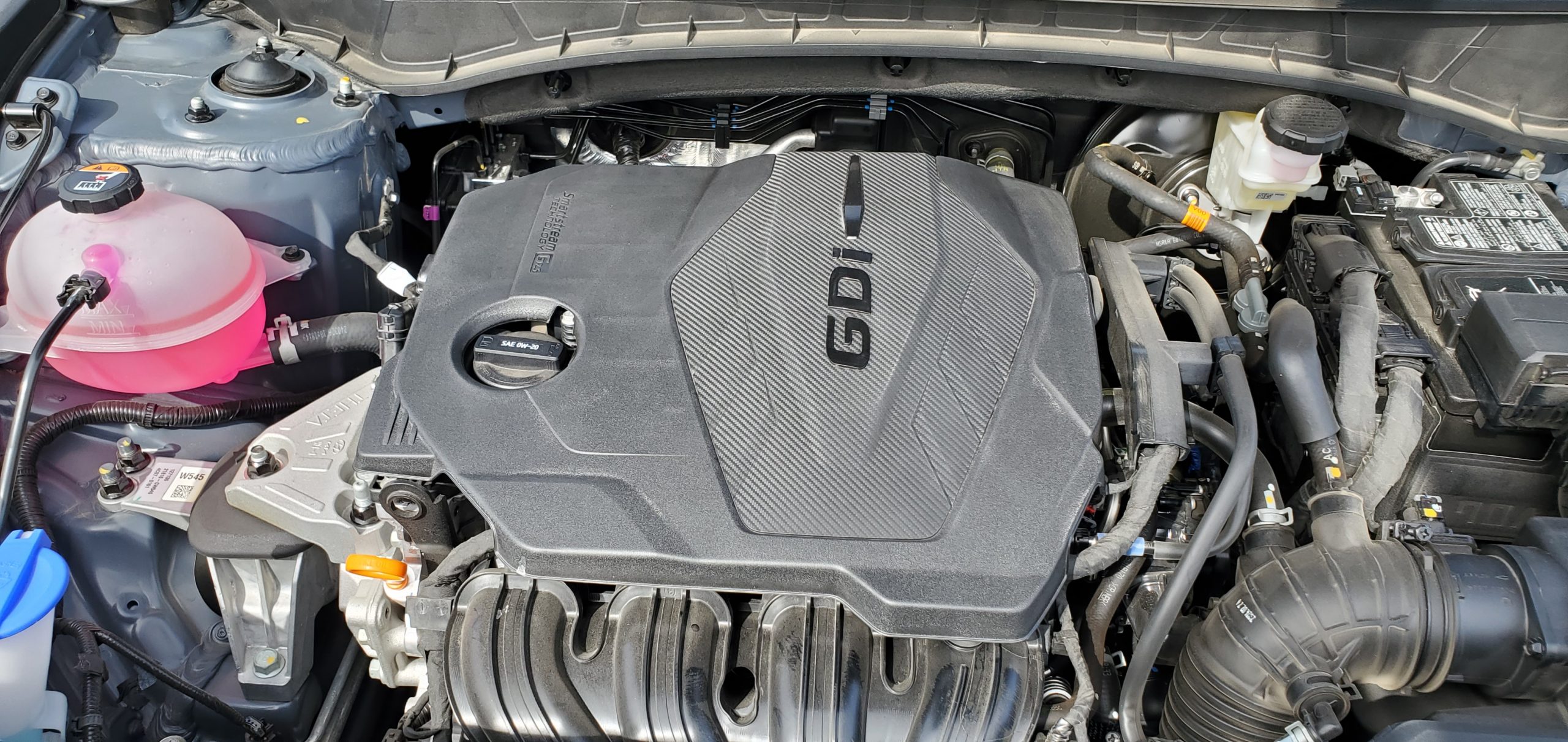
The Tuscon XRT’s biggest problem though is that while the exterior styling promotes a rugged personality, the hardware does a lousy job of delivering the goods. Like other Tucson models, our XRT tester is powered by a 2.5-liter four-cylinder that makes 187 hp and 173 lb-ft of torque An eight-speed automatic is the sole transmission on hand and the hybrid engine cannot be equipped to the XRT. That’s a shame since the latter engine would’ve given the XRT a unique selling point in the quest for fuel economy.
The engine works well in average commuting but its sprint to 60 mph leaves alot to be desired with our tester needing a sluggish 9.0 seconds to complete the task. The eight-speed automatic can be rough at times and the suspension’s ride quality felt brittle when going over pockmarked concrete. The engine also lacks torque with freeway passing and high-speed acceleration being frustrating at times. That’s in stark contrast to rivals like the Toyota RAV4 Woodland Edition which has a hybrid engine and also offers better driving behavior than the Hyundai.
Value Quotient
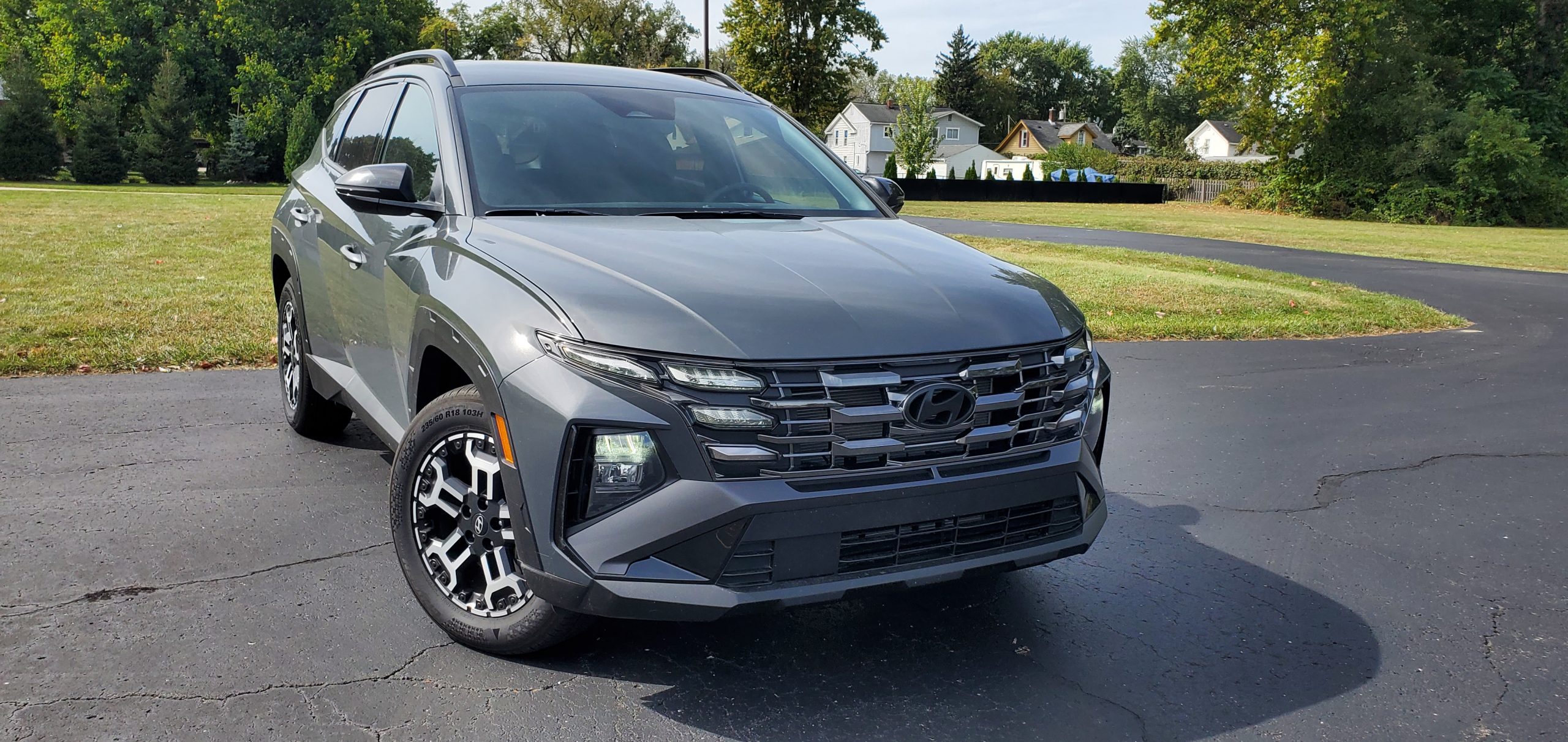
Pricing for the 2025 Hyundai Tucson XRt starts at $32,915 with the model being a rung above the range-topping Limited model which starts at $38,545. This pricing is on par with the segment, with Hyundai hoping that buyers will be drawn in by the Tuscon’s updates as well as its massive pool of standard equipment which has always been a core selling point for the Tucson during its time in production. This pool of equipment has always helped the Tucson have an edge over some of its competitors and this continues to be the case here on the 2025 model.
That said, we hope Hyundai will eventually address some of the Tucson’s lingering flaws since the SUV needs to have a full arsenal of selling points in order for it to be a true class leader. While it has half of this proverbial glass half full, it’s missing the powertrain and suspension refinements needed for it to be an all-rounder with these flaws becoming more evident as it faces more competition from a growing pool of rivals.
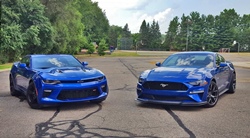
Carl Malek has been an automotive journalist for over 10 years. First starting out as a freelance photographer before making the transition to writing during college, his work has appeared on numerous automotive forums as well as websites such as Autoshopper.com.
Carl is also a big fan of British vehicles with the bulk of his devotion going to the Morgan Motor Company as well as offerings from Lotus, MG, and Caterham. When he is not writing about automobiles, Carl enjoys spending time with his family and friends in the Metro Detroit area, as well as spending time with his adorable pets.

